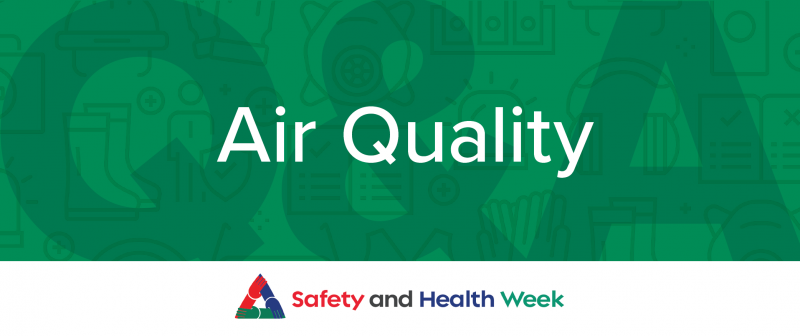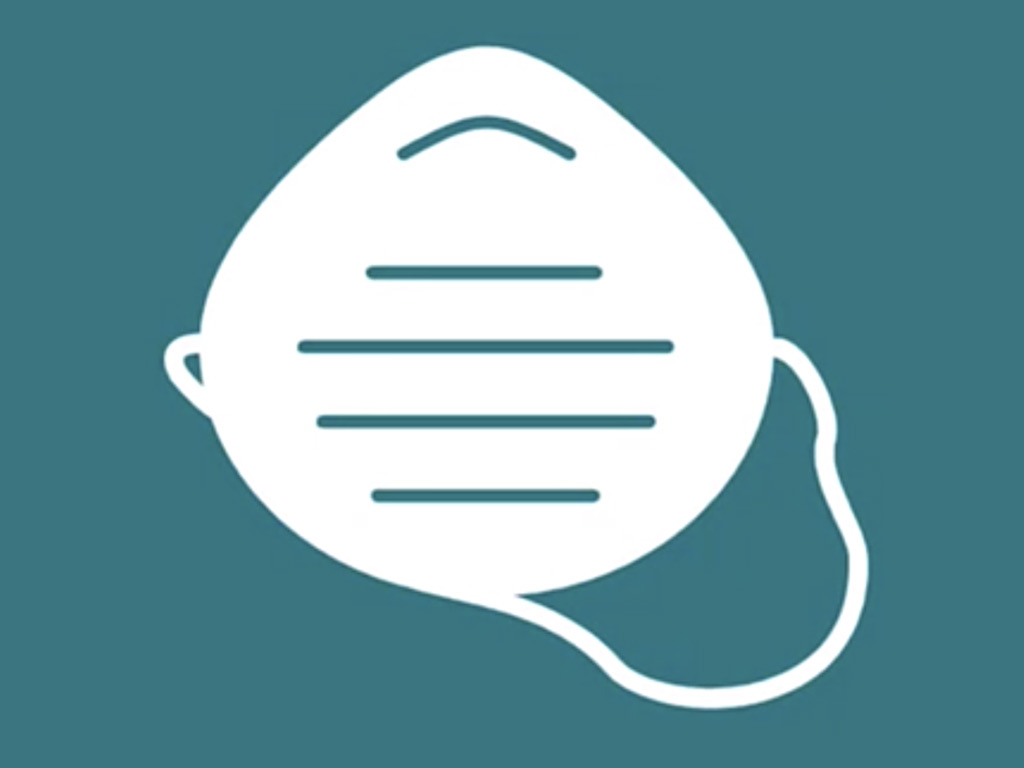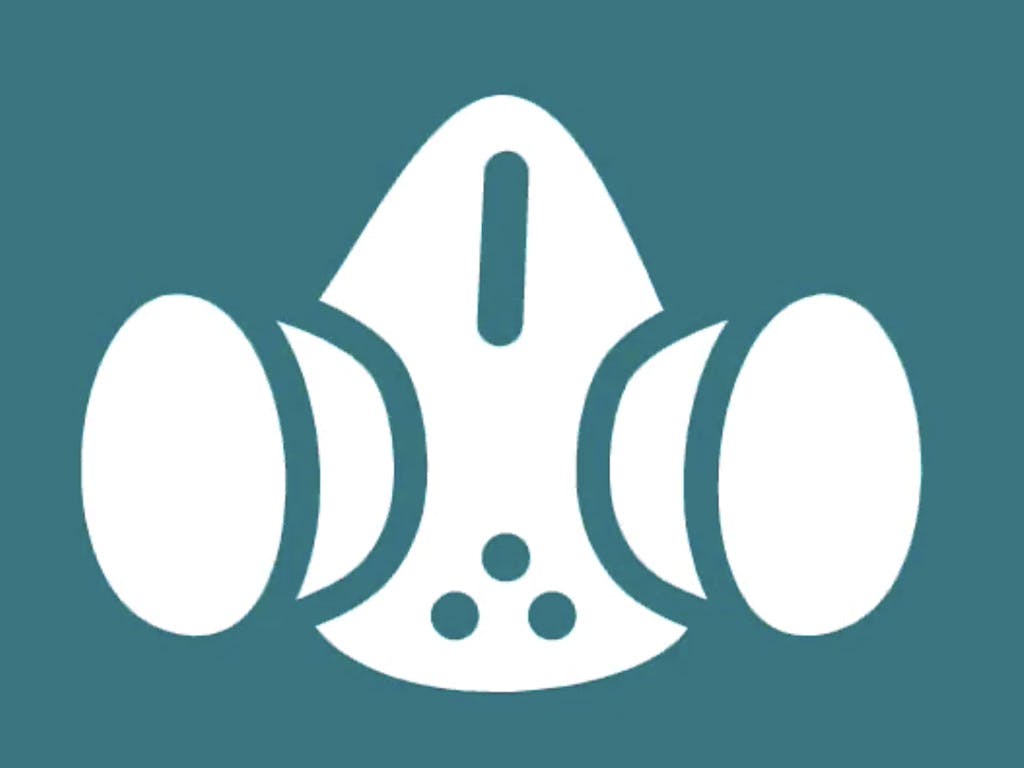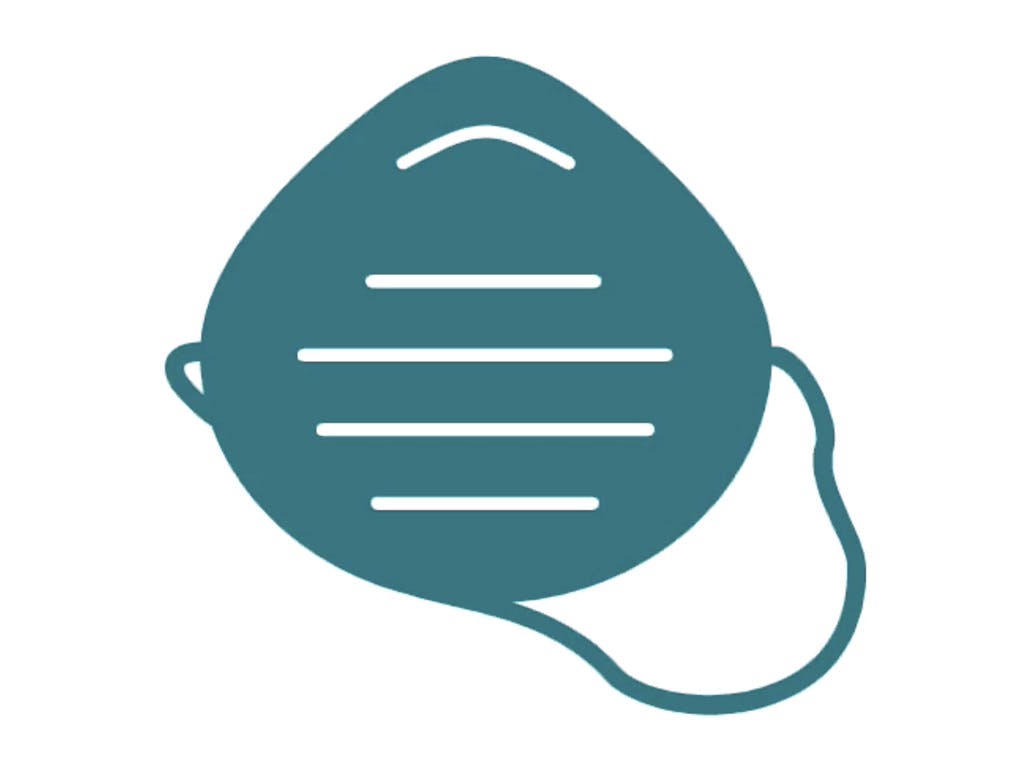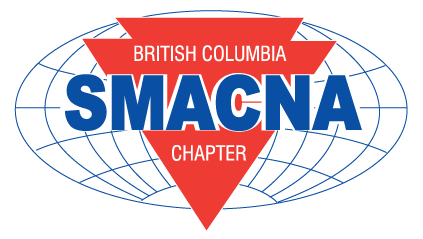of Safety
In manufacturing workplaces, indoor air quality is a significant health and safety concern. Without proper or adequate heating and ventilation systems, remediation and maintenance can be difficult, causing air quality issues that can result in harm, injury, illness, or even death. We can help you assess the risk with an air quality survey.
Reducing pollutants, such as construction materials, glues, and fibreglass for example, and proper storage of paints and chemicals and other contaminants will reduce the risks(s) to the worker.
Air quality is not related only to indoor spaces. Confined spaces and even outdoor air can collect airborne particles and fumes which also pose risks to those in proximity.
Take steps to protect yourself and others:
- Maintain protocols and procedures to maintain healthy indoor and confined space air quality
- Train all employees and occupants and provide ongoing education on the risk and realities of poor air quality
- Reduce sources of contamination such as moisture resulting in mould, invisible air pollutants, and harmful chemicals and/or mixing of those intentionally or otherwise, for example
- Prohibit smoking outside doors or open vents
- Monitor outdoor air quality and maintain preventative measures and provide equipment for those working in outdoor spaces
- Ensure effective ventilation is in place, regulated and maintained regularly, including regular filter replacement where used
- Remove excess moisture and clean the work environment regularly
MSABC Presents to Sheet Metal and Air-Conditioning Contractors’ National Association


